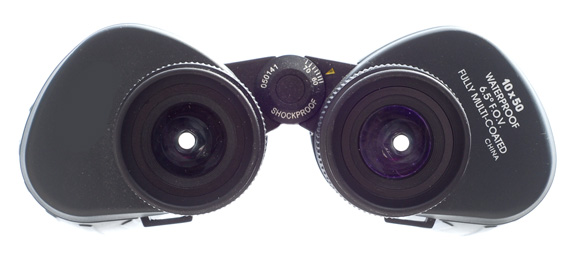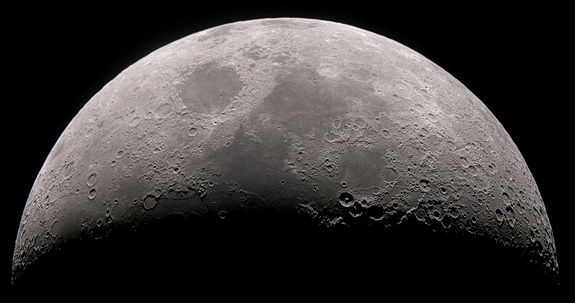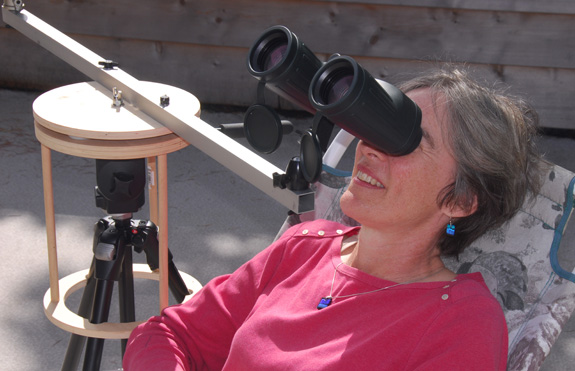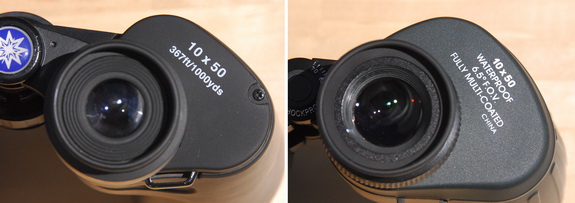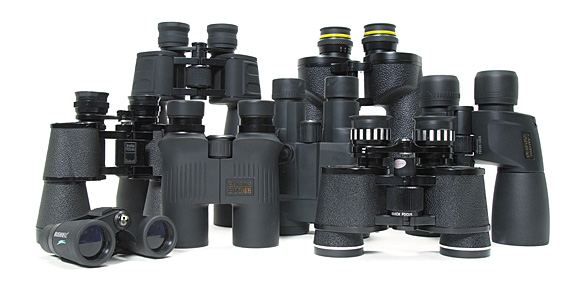
A bewildering assortment of binoculars awaits at your local camera store. But when it comes to stargazing, some binos are better than others.
Binoculars come in a dazzling variety of magnifications and sizes. Many stargazers recommend 10×50s — binoculars that magnify 10× and have 50-millimeter-diameter objective lenses. A trip to your local camera store will likely show you a bewildering array of additional choices. You’ll see 15×70s, 8×40s, 7×35s, and so on. But how do we decide which combination of magnification and aperture is best for stargazing?
Continue reading “Rating Binoculars”

